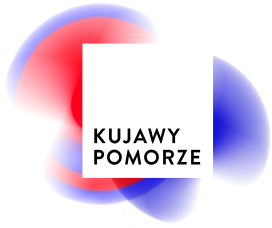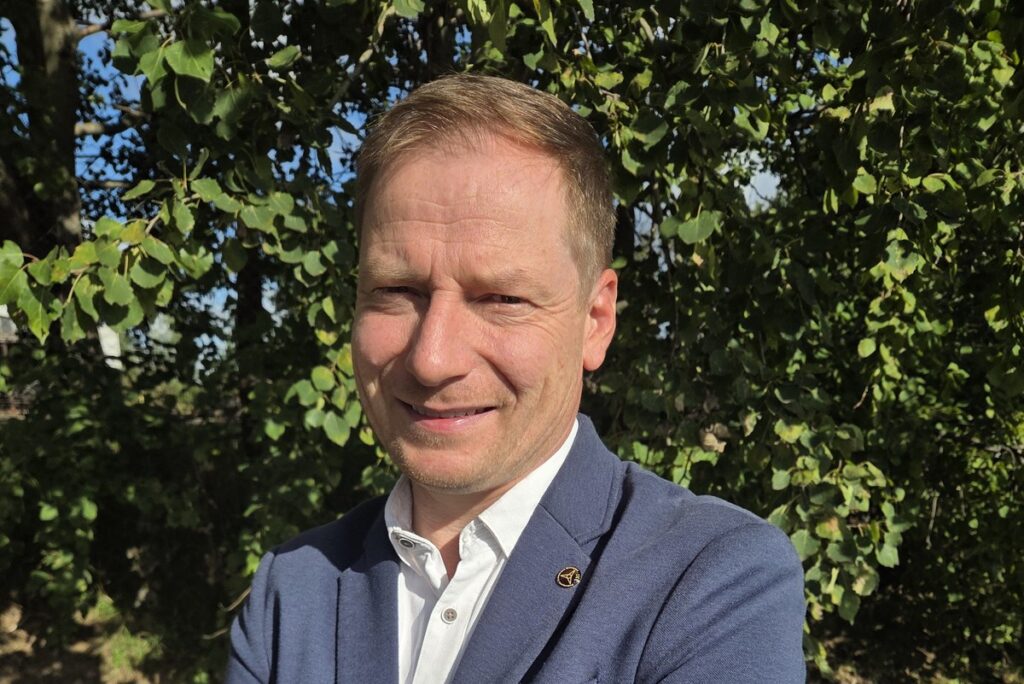
We show history in detail
Interview with Tomasz Stachoń – president of the Historical Reenactment Association AA7 (SRH AA7), co-organizer of the Łabiszyn Meetings with History*
Where does your passion for historical uniforms come from?
In my case, I would rather speak of a passion for historical motor vehicles, because that’s where my adventure with historical reenactment began. About 20 years ago, at the invitation of my cousin, who at that time was already a member of the AA7 Historical Reenactment Group, I went with a vintage BMW R71 motorcycle to my first such event. We recreated episodes from the Battle of Bzura. The atmosphere of that event and the people I met there made me catch the proverbial bug, and my journey with historical reenactment continues to this day.
We live in times when history unfolds before our eyes. What are historical reenactments and the staging of wartime episodes today?
The main goal of historical reenactments is education. The audience has the opportunity to touch history and experience it with all their senses, to verify the knowledge they acquired in school, and to expand it. School emphasizes memorizing dates and presents events in broad terms. We, on the other hand, show history in detail through uniforms, equipment, weapons, and vehicles appropriate to the wartime period. This makes it easier to understand the realities of war and presents history in a more attractive and tangible form. Such events also create space for meetings, integrate local communities and history enthusiasts, and among viewers foster an interest in history and culture.
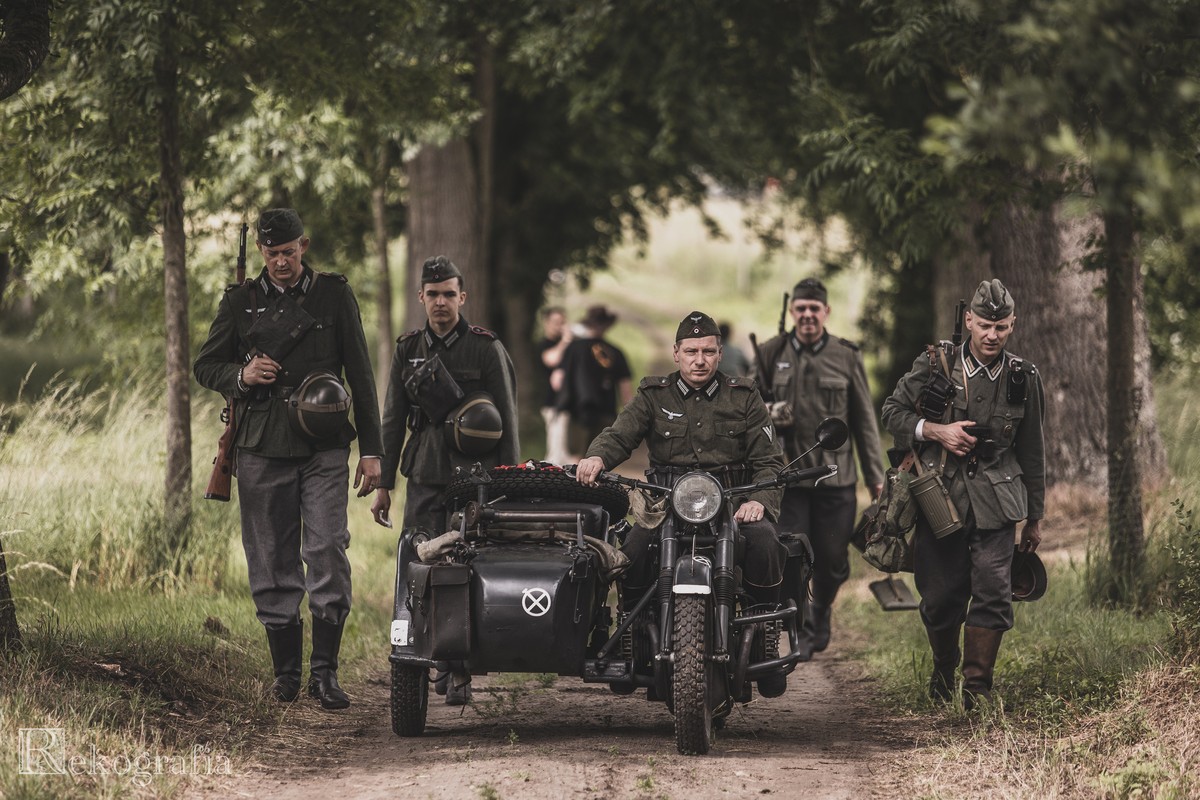
Łabiszyńskie Spotkania z Historią, fot. Bartosz Janiczek, Rekografia
What message do they convey?
Reenactments show the tragedy of war, remind us of the consequences of totalitarianism, hatred, and violence, and also encourage reflection on the value of peace and the need to avoid armed conflicts.
Do you worry that someone might not understand this message?
There are cases—fortunately increasingly rare—where someone dislikes the sight of banned formations’ uniforms on the street. But usually this comes from a lack of knowledge and only a superficial contact with the event. Often, just a short conversation completely changes their attitude.
What does the organization of the Łabiszyn Meetings with History look like, and how do you select the reenactment groups?
The organization of such a large and complex event as the Łabiszyn Meetings with History begins almost a year in advance, because there are so many issues to resolve and matters to arrange. The organizing committee consists of members of the SRH AA7 board and representatives of our hosts—the mayor of Łabiszyn and the director of the Łabiszyn Cultural Center. First, within the reenactment community, we establish the theme of the event, and then we present it to the mayor for approval—which, so far, has always been positive.
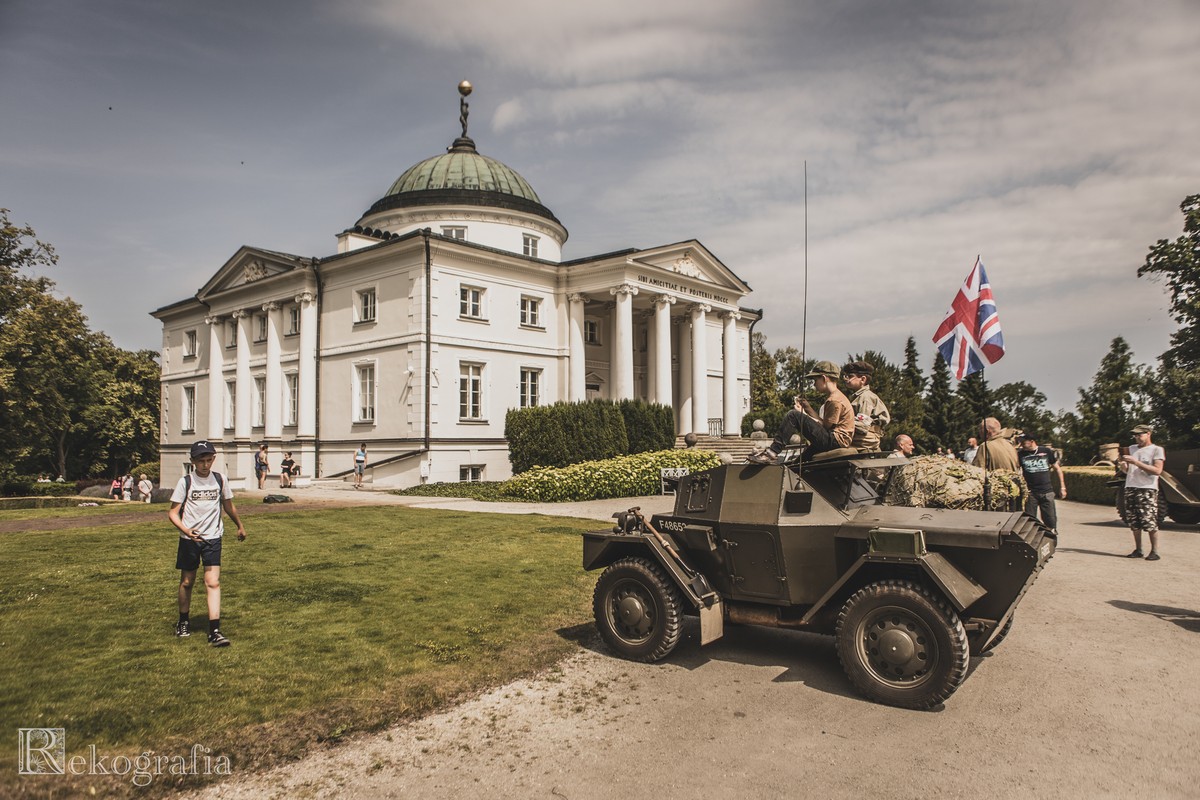
Łabiszyńskie Spotkania z Historią, fot. Bartosz Janiczek, Rekografia
How are the groups selected?
The choice of groups depends mainly on the events we want to present. They usually specialize in recreating specific formations or periods of the war, which means not everyone fits the theme we are planning. Since we have been active in the reenactment world for over 20 years and cooperate with many teams, the selection process runs smoothly.
Is it difficult to manage an “army” of reenactors?
The word “army” in reference to reenactors is very accurate. Each group has its own commander and military structure. Thanks to this, the chain of command works very well—information passed on during briefings is then relayed further by the group leaders. One must also remember about vehicles and the equipment being used, which also have to be in the designated place at the specified time. Behind this, too, stand many people, whose coordination in my opinion is much more difficult—but we manage.
Historical vehicles, people in uniforms on the streets—this can lead to amusing or even dangerous situations.
Indeed, Łabiszyn looks like a town from the World War II era, and on the streets one meets not only people in uniforms but also residents dressed in period clothing. You can come across soldiers in full gear standing in line at an ice cream stand or at the checkout in a supermarket, while historical vehicles—motorcycles, cars, even tanks—park among modern cars. As for dangerous situations, I haven’t heard of any.
In recent editions, besides Łabiszyn, the venue for the reenactments has also included the Marshal’s Palace in Lubostroń. Why?
There are several reasons, but perhaps the most important was the need to look for new locations for staging reenactments. Over the course of more than a dozen editions, the town and its immediate surroundings were used to the extreme, and we wanted to bring some freshness to the scenery of the events we recreate. At one of the meetings, the mayor of Łabiszyn suggested using the grounds around the palace in Lubostroń. Before making the final choice, we had to check accessibility, parking options, enough space for the audience, and safety. The fields in front of the palace in Lubostroń met all our criteria. Moreover, it is a beautiful place steeped in history, which adds value to the event held there.
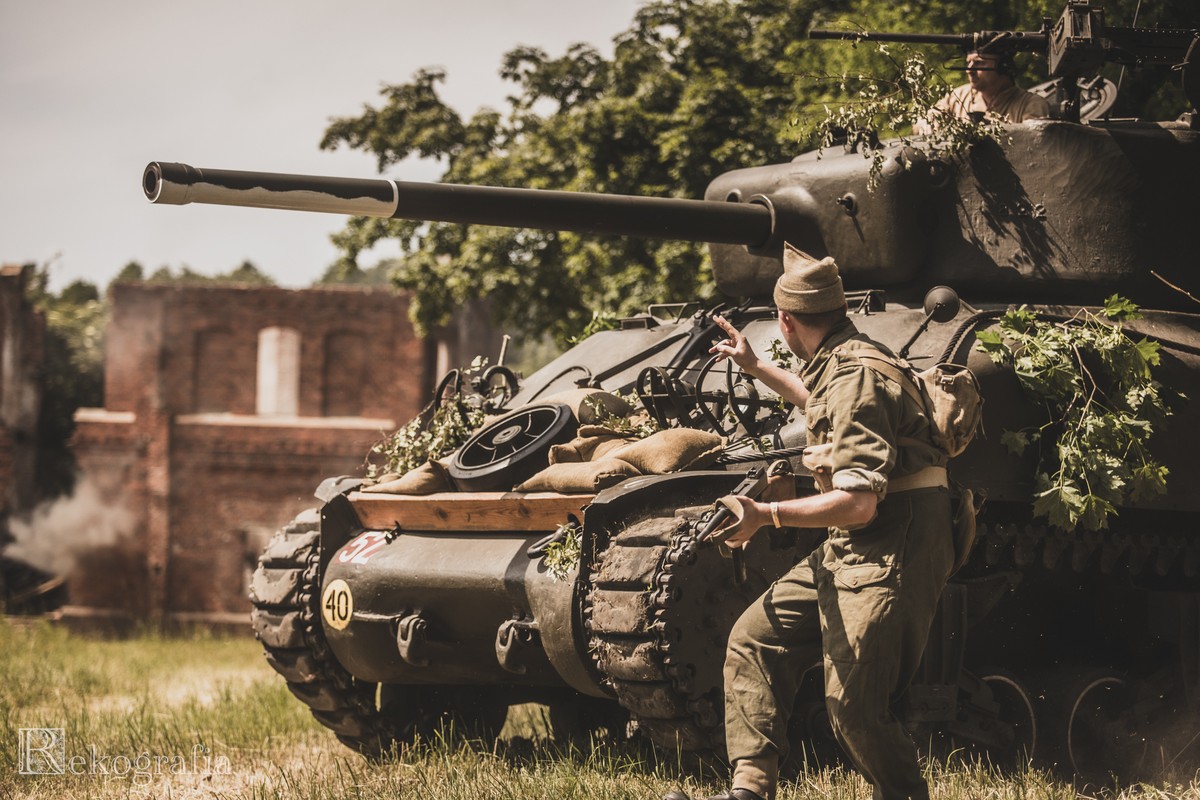
Łabiszyńskie Spotkania z Historią, fot. Bartosz Janiczek, Rekografia
For over 15 years, the Łabiszyn Meetings with History have surprised audiences with their choice of themes and scale. Are there ideas for future editions?
World War II, due to its duration and the global scope it covered, has provided us with many fascinating and dramatic stories. When choosing the theme of a given edition, we try to make sure it differs significantly from the previous one. The point is to show something new each time and encourage the audience to come back for the next edition. We don’t plan too far ahead, but the theme of the upcoming meetings has already been outlined and will be officially announced at the beginning of next year.
* Organized since 2012, the Łabiszyn Meetings with History are a recurring multi-day event consisting of reenactments recalling various episodes from World War II. The event received the Kuyavian-Pomeranian Voivodeship Marshal’s Award Odkrywca 2013 for the best tourist and promotional event of the year, the Polish Tourist Organization’s Certificate for the best tourist product of 2018, and a distinction from the website www.dobroni.pl.
September 2025

